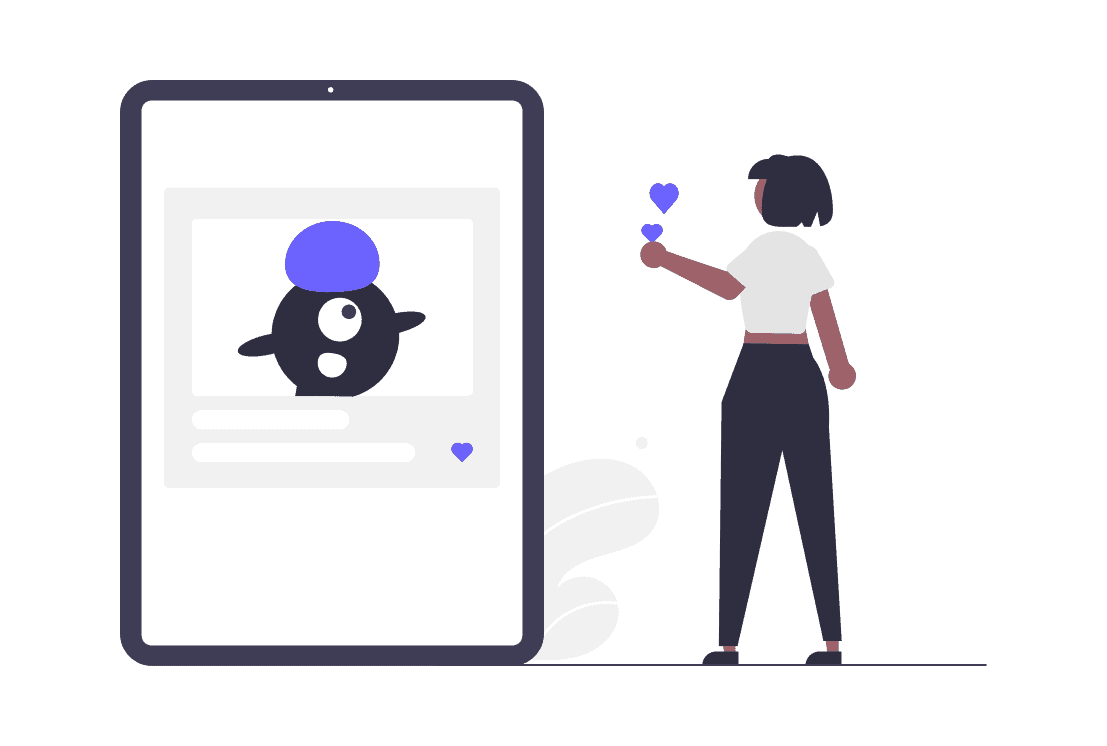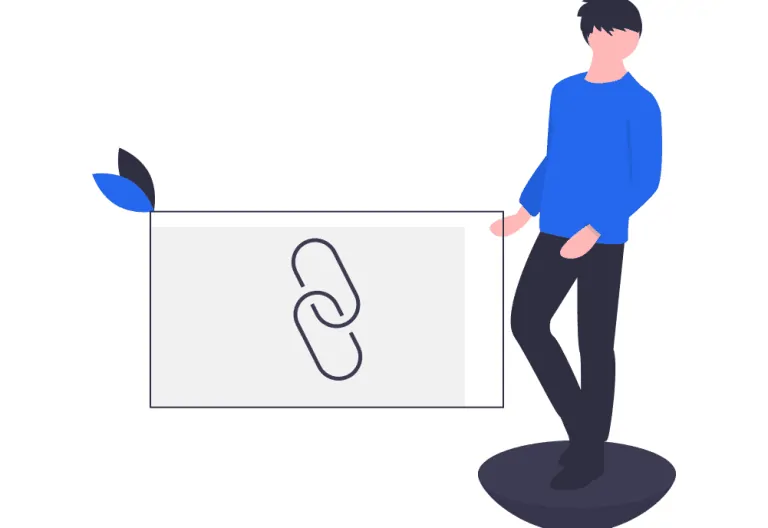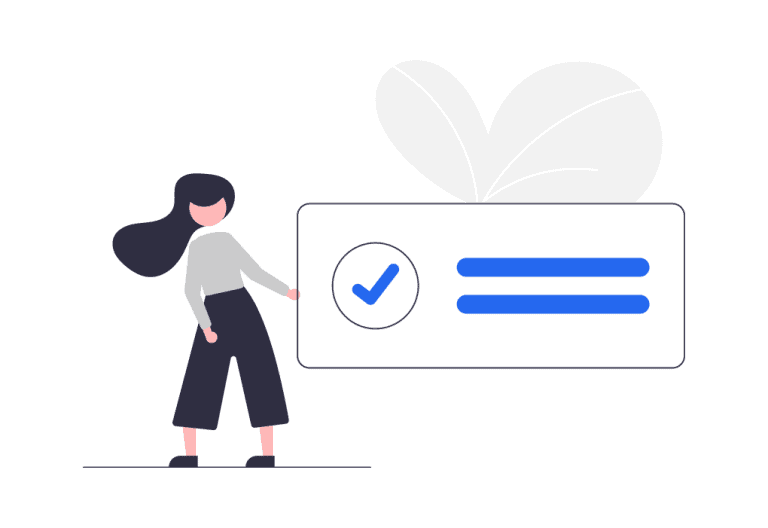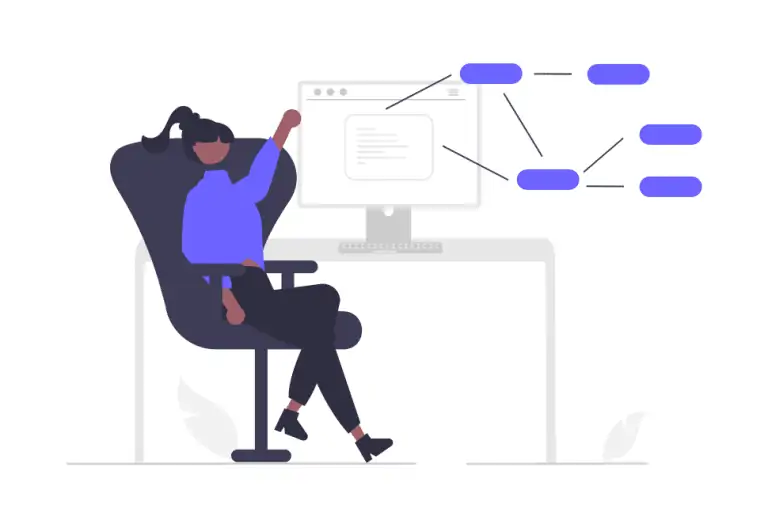Think about the last time you signed up for a free trial of a new software tool. Did you start getting email notifications as soon as you entered your email address? Did you continue to get them even after you were using the product daily?
1. Welcome series
When you sign up for a new tool, do you get a welcome email? What about a series of emails? The most common type of email automation for SaaS companies is a welcome series.
This is where you send a series of emails to your new subscribers or customers to introduce them to your brand and set expectations. Welcome series can be a single email or a multi-day, multi-week, or even multi-month series.
The goal of a welcome series is to make a good first impression and build a relationship with your new subscribers and customers. This is important because people are most engaged with your brand when they first sign up, and you want to take advantage of that.
2. Onboarding series
In a perfect world, every new customer would have a team of experts on hand to help them get started. But that’s just not feasible for most SaaS companies.
Instead, you can use an onboarding series to welcome new customers, introduce them to your product, and help them get started.
The first email in your onboarding series should be sent immediately after a customer signs up. This email should welcome them, give them a brief overview of what they can expect from the series, and get them excited about your product.
The next few emails in your onboarding series should be sent over the course of a few days to a week. These emails should be designed to help customers get started with your product and to help them achieve their first quick win as soon as possible.
3. Educational or informative series
When you’re trying to convert leads, it’s important to show them the value of your product or service. One way to do this is by providing educational content that helps them solve their problems.
An educational or informative series is a great way to do this. You can create a series of emails that are sent out over a period of time and that are focused on a specific topic. For example, if you’re a social media management tool, you might create a series of emails on how to create a social media strategy.
Each email in the series should build on the last and provide value to the lead. At the end of the series, you can include a call to action that encourages the lead to sign up for your product or service.
4. Upsell series
The upsell series is designed to get your current customers to spend more money with you. There are two types of upsells: in-app and email.
In-app upsells are typically triggered by customer behavior. For example, if a customer uses your product to send a certain number of emails, you could trigger an in-app upsell to get them to upgrade to a higher plan.
Email upsells can be triggered by behavior, but they can also be triggered by time. For example, if a customer has been with you for a certain number of months, you could trigger an email upsell to get them to upgrade to a higher plan.
The key to a successful upsell series is to make sure you’re offering the right upsell to the right customer at the right time. If you do that, you can increase your revenue without having to acquire new customers.
5. Cross-sell series
The best time to sell to your customers is when they’re already buying. That’s where a cross-sell series comes in.
A cross-sell series is a series of automated emails that recommends complementary products or services to your customers based on their previous purchases.
For example, if someone has purchased a CRM tool from your SaaS company, you might send them a cross-sell email that recommends your cold email platform. Or, if someone has purchased an email marketing tool, you might recommend your SaaS company’s CRM tool.
The key to a successful cross-sell series is to make sure that the products or services you recommend are relevant to your customers and add value.
6. Customer feedback series
Your customers are the lifeblood of your business. Of course, you want to know how they’re feeling about your product and the service you provide. But you don’t want to be a pest, asking them for feedback all the time.
Instead, use a customer feedback series to automate the process. You can use this email marketing campaign to ask for feedback at a few key points in your customer’s journey. For example, you could send an email asking for feedback a few weeks after they sign up for your product, then again after they’ve been using it for a few months.
The key is to make sure you’re not asking for feedback too often. You don’t want to annoy your customers. But you do want to make sure you’re getting the feedback you need to improve your product and your service.
7. Customer advocacy series
Your most loyal customers are your best salespeople. But you can’t expect them to go out and sing your praises without a little encouragement.
An advocacy series is a set of emails that encourages customers to refer your product to their friends, leave reviews, and share their success stories. Customer advocacy is a powerful acquisition tool, and it’s a great way to show your customers that you appreciate them.
You can easily automate the referral side of your advocacy series with ReferralCandy. It rewards customers who refer new users, turning your happiest customers into a self-sustaining growth channel — without adding manual work for your team.
You can create an advocacy series by identifying your most loyal customers and sending them an email asking them to take an action, such as leaving a review. If they take the action, you can send them a thank-you email and ask them to take another action.
8. Renewal series
Renewal series are one of the most important email automation flows for SaaS companies. The purpose of this flow is to help you increase the chances of your customers renewing their subscription to your software.
The best way to do this is to create a series of emails that are sent out leading up to the renewal date. You can use these emails to remind your customers about the benefits of your software, provide them with any new features or updates, and offer them a discount or incentive to renew.
You can also use this series to collect feedback from your customers about their experience with your software, and use that feedback to improve the renewal process for future customers.
9. Loyal customer series
Your work isn’t done once you’ve onboarded a new customer. In fact, that’s where the real fun begins.
Now that a customer has experienced your product and has seen the value it provides, you have the opportunity to turn that customer into a loyal advocate for your brand.
A loyal customer series is a set of emails that encourages your customers to take actions that will lead to them becoming loyal customers. These actions could include writing a review, referring a friend, or even upselling to a higher-tier plan.
The goal of this email series is to keep your customers engaged and to encourage them to take actions that will benefit your business.
10. Inactive customer series
It’s 10x more expensive to acquire a new customer than it is to keep a current one. So, it’s important to have a win-back strategy in place for inactive customers.
Inactive customers are those who haven’t logged into your app or used your product in a while. The time period that determines inactivity will vary depending on your business. For example, if you sell a subscription-based product, you might consider a customer inactive if they haven’t logged in for 30 days.
Use a series of emails to re-engage inactive customers. You can send a reminder email to let them know they haven’t logged in recently, and then follow up with an email that offers a discount or other incentive to come back.
In this example, you can see how Grammarly sends a friendly reminder to an inactive customer:
If the customer doesn’t take action after a few emails, you can send a final email to let them know you’ll be deactivating their account. If they still don’t respond, you can remove them from your list so you’re not wasting time and resources on customers who aren’t engaged.
11. Re-engagement series
If a customer hasn’t been active in your app for a while, you can use an automation flow to re-engage them.
The goal of a re-engagement flow is to bring the customer back to your app and remind them of the value you provide.
You can do this by sending a series of emails that provide helpful tips for using your app, or by offering a special promotion to encourage them to come back.
12. Abandoned cart series
We can’t talk about automation flows without mentioning the abandoned cart series.
This is a series of emails that’s triggered when a user adds a product to their cart but doesn’t complete the checkout process. The goal is to encourage the user to come back and complete the purchase.
You can also use this flow for SaaS companies when someone starts a free trial but doesn’t convert. In this case, you’d send a series of emails to encourage the user to convert to a paid plan.
Wrapping it up
SaaS companies, like any other business, need to focus on nurturing their leads and customers.
But instead of doing it manually, you can use marketing automation to save time and get better results. By setting up the 12 automation flows we’ve covered in this post, you can create a seamless experience for your audience and drive growth for your SaaS business.
Conclusion
SaaS companies are uniquely positioned to take advantage of automation flows. They can use them to provide the most personalized, relevant experiences possible to their customers. These are just a few of the ways that SaaS companies can use automation. The possibilities are endless.



